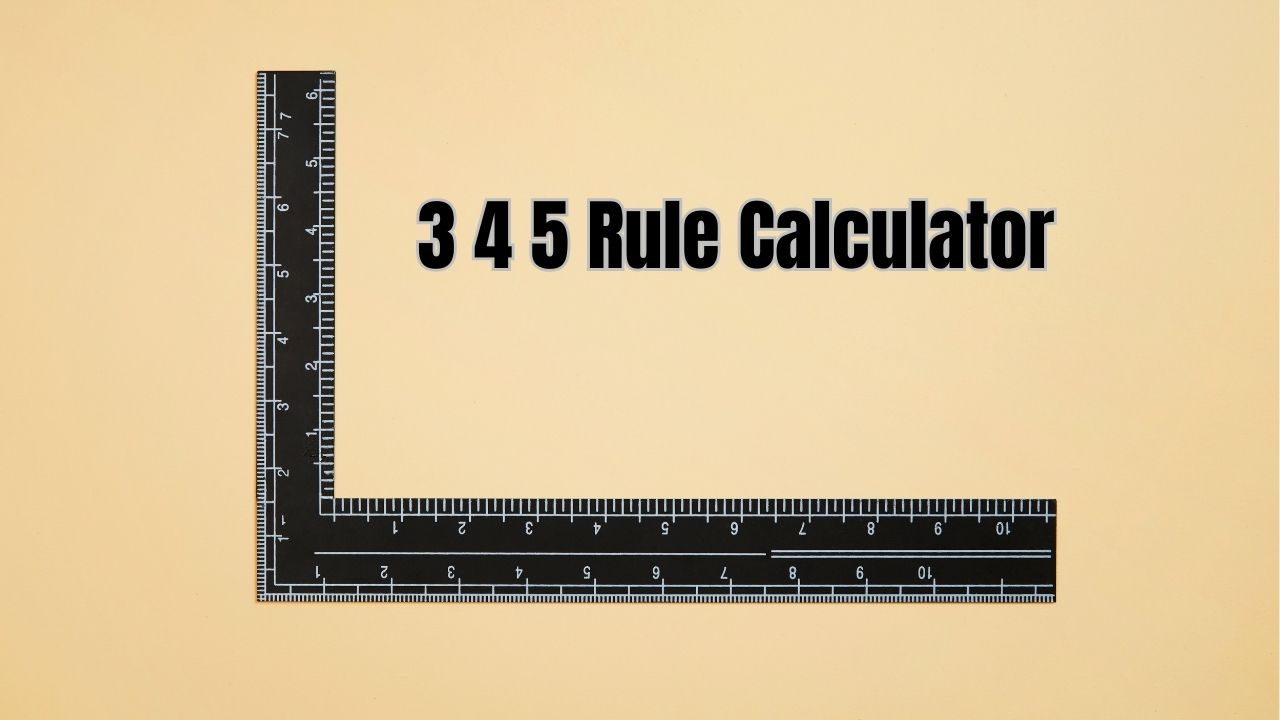The 3-4-5 Rule is a simple and effective way to check if an angle is a right angle (90 degrees) without the need for any specialized tools. It is based on the Pythagorean theorem, which states that in a right triangle, the square of the hypotenuse (the side opposite the right angle) is equal to the sum of the squares of the other two sides.
How to Use the 3-4-5 Rule to Check Right Angles: A Step-by-Step Guide
The 3-4-5 Rule is a straightforward yet powerful method for checking right angles (90 degrees) in construction, woodworking, and other practical applications.
Understanding the 3-4-5 Rule
The 3-4-5 Rule is derived from the Pythagorean theorem:
For a triangle with sides of lengths 3, 4, and 5, this equation holds true:
Since the equation is satisfied, the angle between the sides measuring 3 and 4 units is a right angle. This principle can be applied to any set of measurements that satisfy the Pythagorean theorem.
Practical Application of the 3-4-5 Rule
To apply the 3-4-5 Rule in a real-world scenario, follow these steps:
- Mark a Point: Begin by marking the point where you want the right angle to be.
- Measure 3 Units Along One Side: From the marked point, measure 3 units along one side of the intended right angle and make a mark.
- Measure 4 Units Along the Other Side: From the same point, measure 4 units along the other side of the intended right angle and make another mark.
- Measure the Hypotenuse: Measure the distance between the two marks. If this distance is exactly 5 units, then the angle between the sides measuring 3 and 4 units is a right angle.
This method can be scaled up or down by multiplying each of the sides by the same factor. For example, you could use 6-8-10, 9-12-15, and so on, depending on the size of the space you're working with.
The 3-4-5 Rule Calculator
To simplify this process, you can use a 3-4-5 Rule Calculator. This calculator takes the lengths of the three sides of a triangle as inputs and determines if they form a right triangle. Here’s how to create one using HTML, CSS, and JavaScript:
FAQs
What is the 3 4 5 triangle rule?
The 3-4-5 triangle rule is a quick way to determine if a triangle is a right triangle. A right triangle is a triangle with one angle equal to 90 degrees.

Check out 2 similar 3 4 5 Rule Calculator :